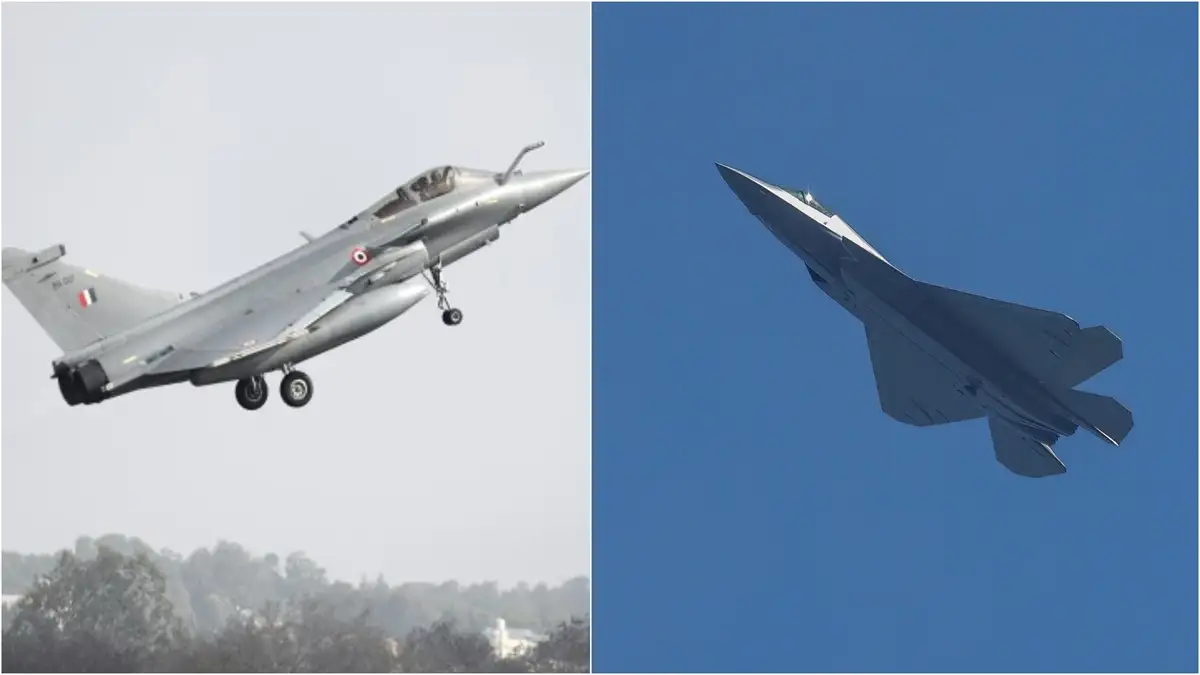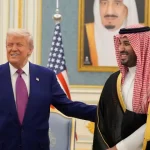The United States–China Economic and Security Review Commission has alleged that China orchestrated a sophisticated disinformation campaign aimed at undermining India’s Rafale fighter jet programme and influencing defence markets across Asia. The findings, released on Wednesday, outline a coordinated effort by Beijing to manipulate public perception following the brief India–Pakistan conflict in May 2025.
China Accused of Using Fake Accounts and AI Imagery
According to the report, China employed fake social media accounts and AI-generated visuals to circulate fabricated claims about Rafale jets being shot down during the conflict. These posts attempted to portray the French-made aircraft as unreliable, while simultaneously amplifying the capabilities of China’s indigenous J-35 fifth-generation fighter.
Investigators noted that doctored images of supposed Rafale wreckage were widely shared, with the intent of shaping defence procurement decisions in Asia’s competitive fighter jet market.
Beijing’s Diplomatic Pressure on Indonesia
One of the assessment’s most striking conclusions is that Chinese diplomatic efforts allegedly succeeded in persuading Indonesia to pause an ongoing Rafale procurement. The move reportedly boosted prospects for Chinese platforms—especially the J-35—in Southeast Asia.
The report links this pressure campaign to Beijing’s wider ambition to edge out Western defence suppliers by using economic incentives, political influence, and digital propaganda to promote its own systems developed by Shenyang Aircraft Corporation.
China–Pakistan Defence Ties Intensify
The Commission’s findings also highlight deepening military cooperation between China and Pakistan throughout 2024 and 2025. Notable engagements included the Warrior-VIII joint counterterrorism exercise in late 2024 and China’s participation in Pakistan’s AMAN naval exercise in February 2025.
In June this year, Beijing is said to have offered Islamabad a major defence package that included:
- 40 J-35 stealth fighters
- KJ-500 airborne early warning aircraft
- Ballistic missile defence systems
Around the same time, Pakistan announced a 20% defence budget increase for FY 2025–26—rising to USD 9 billion—despite wider government austerity, signalling Islamabad’s intent to accelerate military modernisation.
Trump Claims Credit for Defusing India–Pakistan Clash
The report’s release coincided with comments by US President Donald Trump, who reiterated that he personally intervened to prevent a full-scale war between India and Pakistan during the May 2025 confrontation triggered by India’s Operation Sindoor.
Speaking alongside Saudi Crown Prince Mohammed bin Salman, Trump claimed he “stopped eight wars,” citing the India–Pakistan flare-up as one of them. New Delhi has consistently dismissed such claims, maintaining that de-escalation resulted from India’s calibrated military and diplomatic actions.
A Growing Theatre of Information Warfare
The Commission concludes that China’s alleged disinformation drive represents a broader push to undermine Western defence influence and challenge India’s air dominance in the Indo-Pacific. With Rafale jets forming a key pillar of India’s high-end air combat capability, Beijing’s attempts to erode their credibility appear aligned with its long-term strategic goals in South Asia and beyond.
The findings underscore how information warfare, defence economics, and geopolitical rivalry are increasingly intersecting in Asia’s volatile security landscape—shaping procurement decisions, alliances, and regional power balances.













